Here's the thing
 Did you happen upon KQED's interview with San Francisco educator, Michael Essien, principal of MLK Middle School? If not, here's the report which includes an audio of the story.So many of us in education feel the pressure to keep teaching the prescribed curriculum even when our students, our kids, are telegraphing their emotional response to the curricular pressures they are experiencing. Could it be possible that the children are telling us "this is not working for me?"I believe this to be the case when so many kids have escalating behaviors that disrupt the flow of the classroom. Just as an infant wails when it is hungry, tired or bored, our students are also wailing in the form of noncompliant behaviors.As a classroom teacher, I was fortunate to have some really supportive push-in help when a child's behavior was, let's use the education-ese term, "off the wall". I can picture Liz Higgins, a now-retired social worker who was assigned to my last school, talking in the calmest of voices to one of my students who was under my desk after having up-ended her own. The child eventually returned to the class activity, and the day continued.I was fortunate to experience the power of push-in reconnections with traumatized and frustrated students many times over the course of 30 years. I hope over time I learned from these education mentors. Fred and Sandy and Sharon, Mary Ann and Maria, I don't believe I properly thanked you for that. You taught me that when a child acts out, it is important to reconnect and re-establish our relationship. What has always impressed me about these six educators is that none of them ever seem to have lost touch with their roots in education. They may have been (or may now be) administrators, but they never forgot about their own experiences in classrooms or with students.On some plane of understanding, I eventually realized that when one of my students was acting disruptively, that was a signal that, for that student at least, the demands of the classroom were too much. The times that I was able to keep that student with us in the classroom were, for the most part, successful outcomes. They did not happen all the time and they certainly did not happen as often as they should have.Principal Essien's experience as a teacher and in special education informed his decisions. He demonstrated to his staff that he could be trusted as an administrator because he still remembered what it is like to be in a classroom. Mr. Essien recognized that adding one more thing to a classroom teacher's responsibilities was unworkable, that there needed to be a collaboration between administration and classrooms in order to best serve the students.His push-in model is working because the collective focus is on what the students need in today's education pressure-cooker.Shouldn't this be the goal for every child?
Did you happen upon KQED's interview with San Francisco educator, Michael Essien, principal of MLK Middle School? If not, here's the report which includes an audio of the story.So many of us in education feel the pressure to keep teaching the prescribed curriculum even when our students, our kids, are telegraphing their emotional response to the curricular pressures they are experiencing. Could it be possible that the children are telling us "this is not working for me?"I believe this to be the case when so many kids have escalating behaviors that disrupt the flow of the classroom. Just as an infant wails when it is hungry, tired or bored, our students are also wailing in the form of noncompliant behaviors.As a classroom teacher, I was fortunate to have some really supportive push-in help when a child's behavior was, let's use the education-ese term, "off the wall". I can picture Liz Higgins, a now-retired social worker who was assigned to my last school, talking in the calmest of voices to one of my students who was under my desk after having up-ended her own. The child eventually returned to the class activity, and the day continued.I was fortunate to experience the power of push-in reconnections with traumatized and frustrated students many times over the course of 30 years. I hope over time I learned from these education mentors. Fred and Sandy and Sharon, Mary Ann and Maria, I don't believe I properly thanked you for that. You taught me that when a child acts out, it is important to reconnect and re-establish our relationship. What has always impressed me about these six educators is that none of them ever seem to have lost touch with their roots in education. They may have been (or may now be) administrators, but they never forgot about their own experiences in classrooms or with students.On some plane of understanding, I eventually realized that when one of my students was acting disruptively, that was a signal that, for that student at least, the demands of the classroom were too much. The times that I was able to keep that student with us in the classroom were, for the most part, successful outcomes. They did not happen all the time and they certainly did not happen as often as they should have.Principal Essien's experience as a teacher and in special education informed his decisions. He demonstrated to his staff that he could be trusted as an administrator because he still remembered what it is like to be in a classroom. Mr. Essien recognized that adding one more thing to a classroom teacher's responsibilities was unworkable, that there needed to be a collaboration between administration and classrooms in order to best serve the students.His push-in model is working because the collective focus is on what the students need in today's education pressure-cooker.Shouldn't this be the goal for every child?
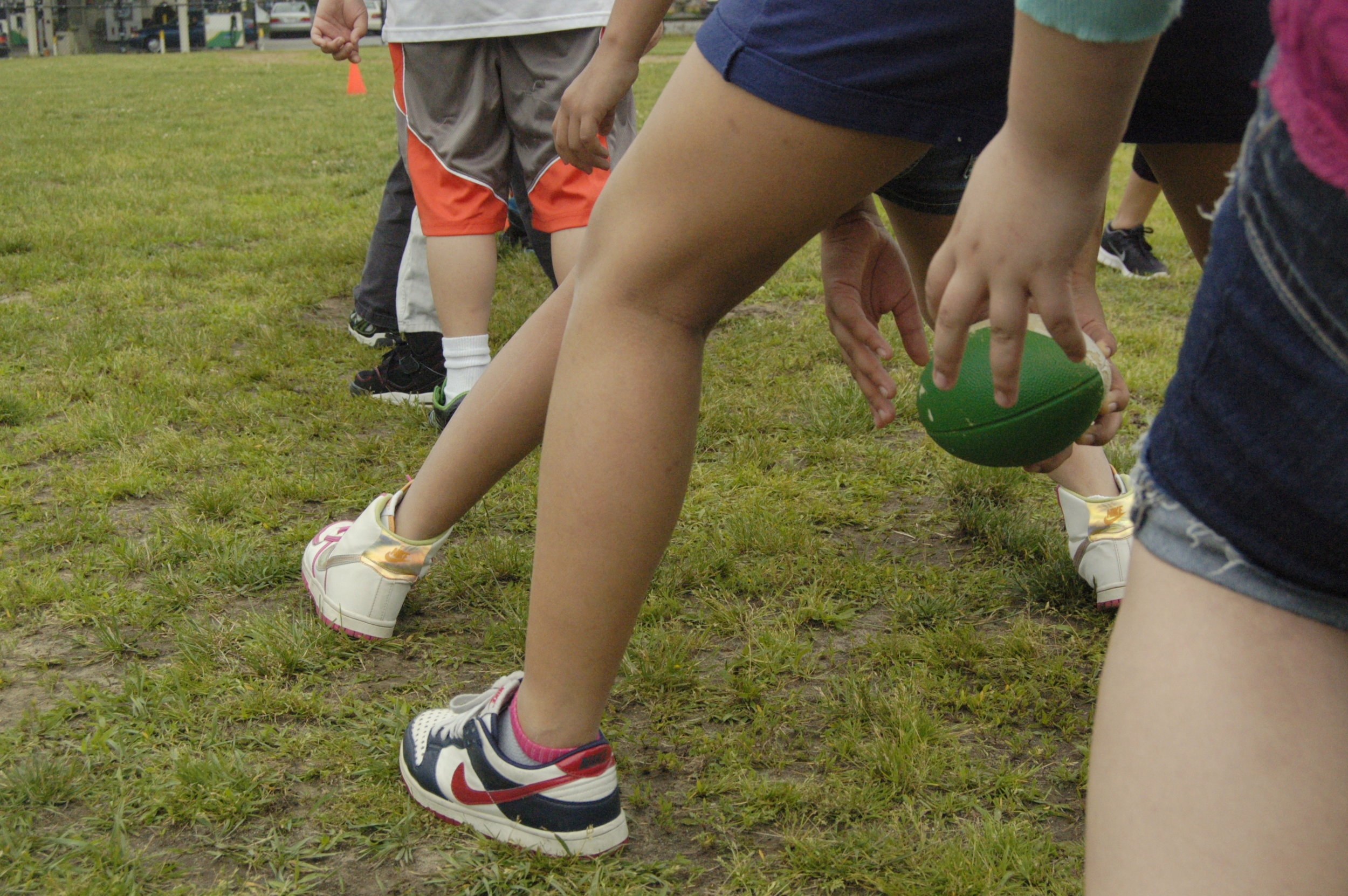 Put yourself back in elementary school and imagine your reaction to a classmate calling you a name or hurting your feelings through action or word. Would you speak up or would you allow that hurt to fester and grow into something more significant? Would you feel listened to? And if you caused the hurt would you recognize it as such?In our adult conversation, do we listen - really listen - to each other even when the conversation is difficult? I am not so sure any more. Maybe what we adults could use is a refresher course in conflict resolution.Ruth Sidney Charmey, author of
Put yourself back in elementary school and imagine your reaction to a classmate calling you a name or hurting your feelings through action or word. Would you speak up or would you allow that hurt to fester and grow into something more significant? Would you feel listened to? And if you caused the hurt would you recognize it as such?In our adult conversation, do we listen - really listen - to each other even when the conversation is difficult? I am not so sure any more. Maybe what we adults could use is a refresher course in conflict resolution.Ruth Sidney Charmey, author of 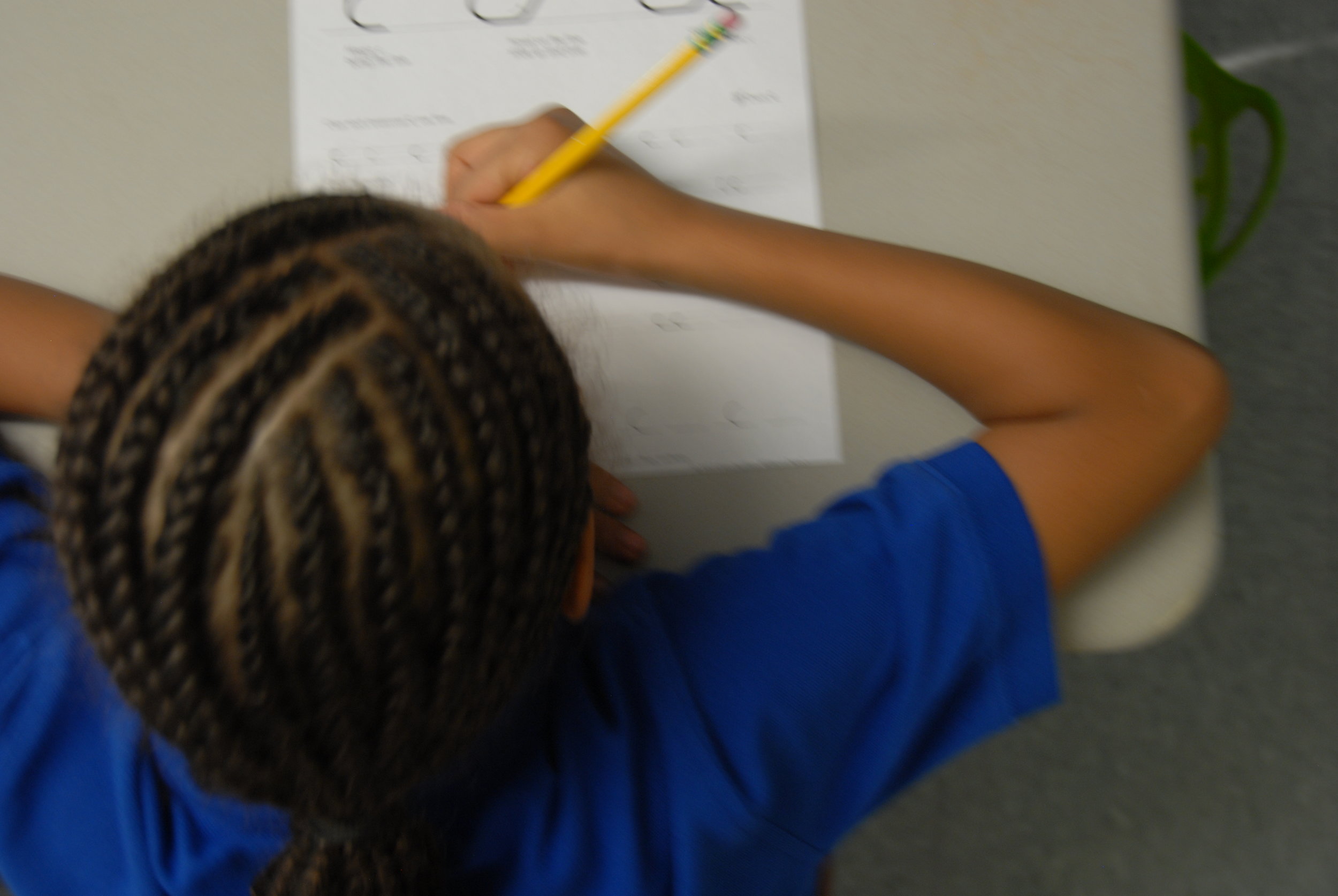 Our local CBS affiliate posted a
Our local CBS affiliate posted a 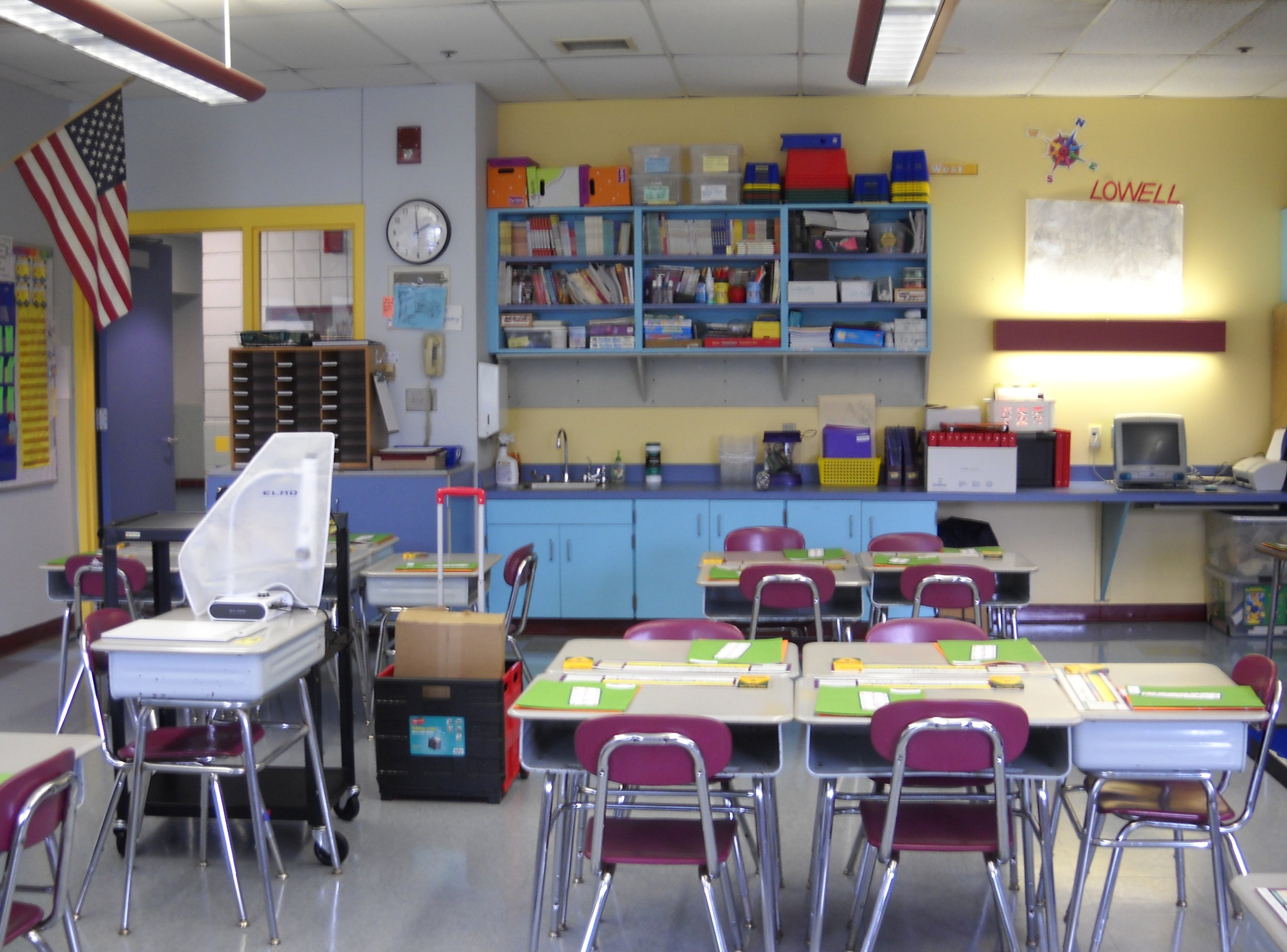
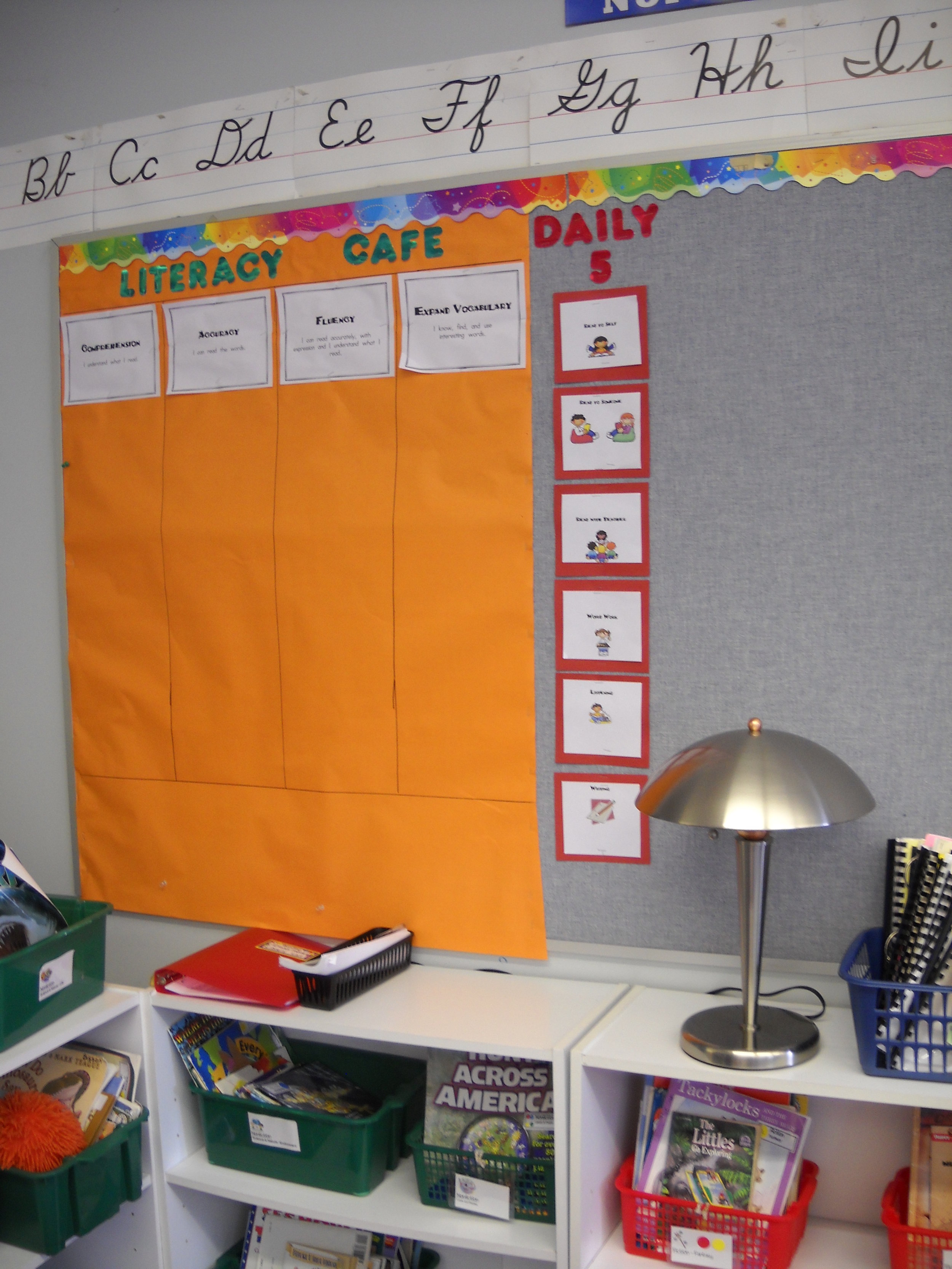
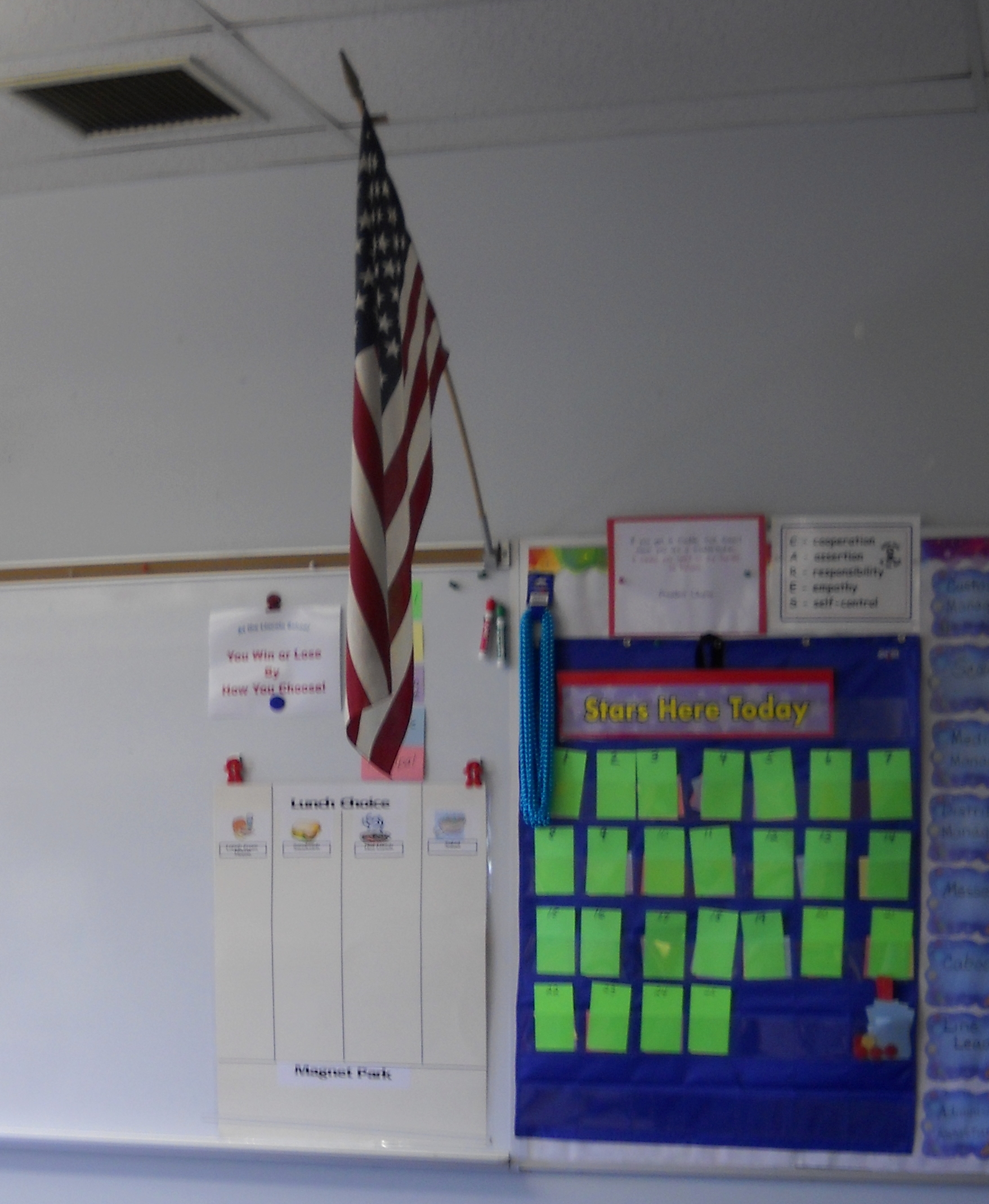

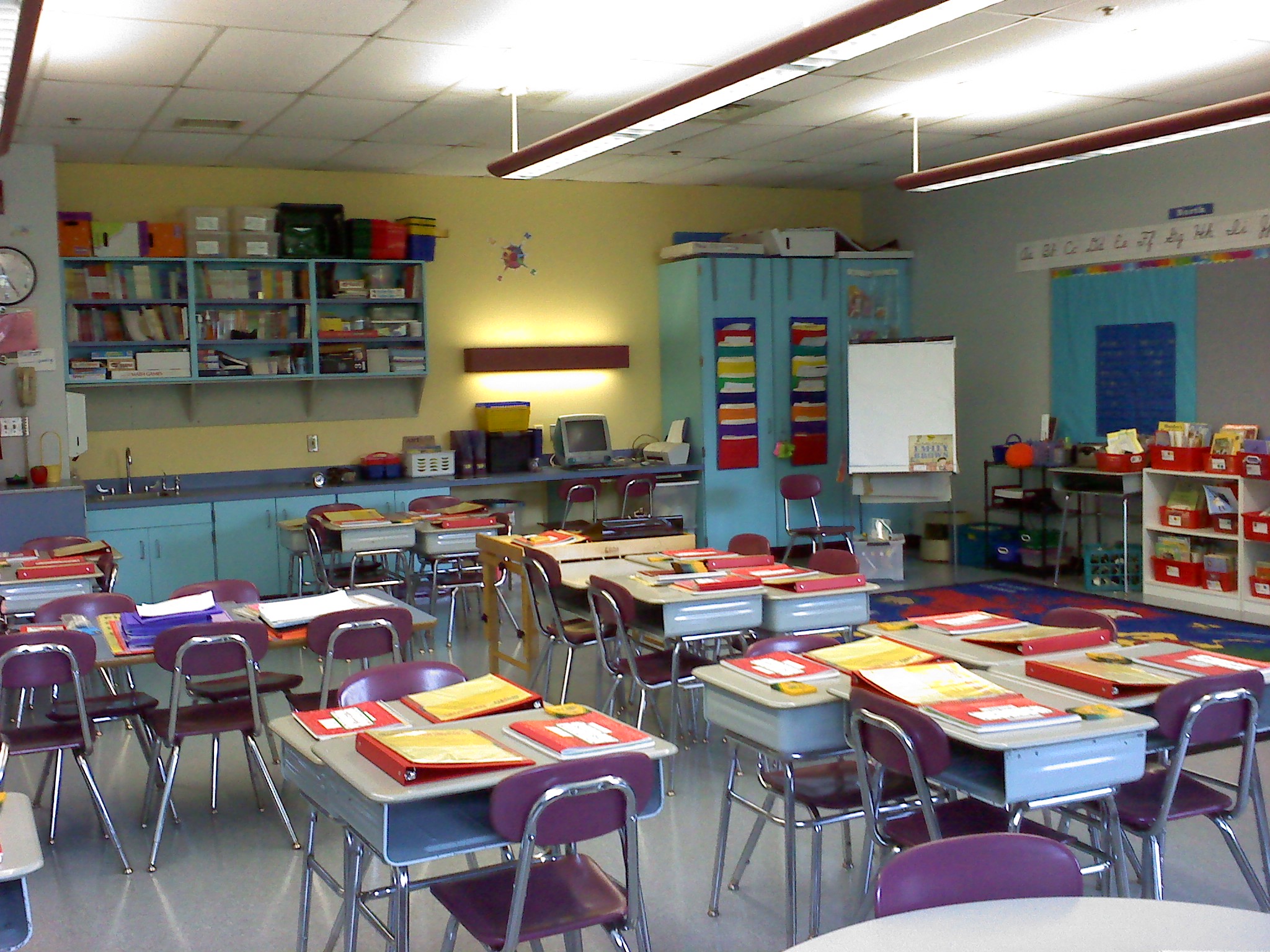 I did change the desk arrangements around, partly to accomodate a student in a wheelchair and with a wheelchair accessible desk and partly because I just don't want to give up on cooperative groupings of 3 or 4 students. I like grouping my students heterogeneously so that they can talk to each other when they are stuck, need help, don't remember what to do. As you can see from this shot, a large meeting area takes a good part of the classroom. It's important to me to get down on the floor on the same level with the students and this is one way I achieve that.At this time, there are minimal supplies on the students' desks. The empty red writing binder and 5 tab dividers, a word study
I did change the desk arrangements around, partly to accomodate a student in a wheelchair and with a wheelchair accessible desk and partly because I just don't want to give up on cooperative groupings of 3 or 4 students. I like grouping my students heterogeneously so that they can talk to each other when they are stuck, need help, don't remember what to do. As you can see from this shot, a large meeting area takes a good part of the classroom. It's important to me to get down on the floor on the same level with the students and this is one way I achieve that.At this time, there are minimal supplies on the students' desks. The empty red writing binder and 5 tab dividers, a word study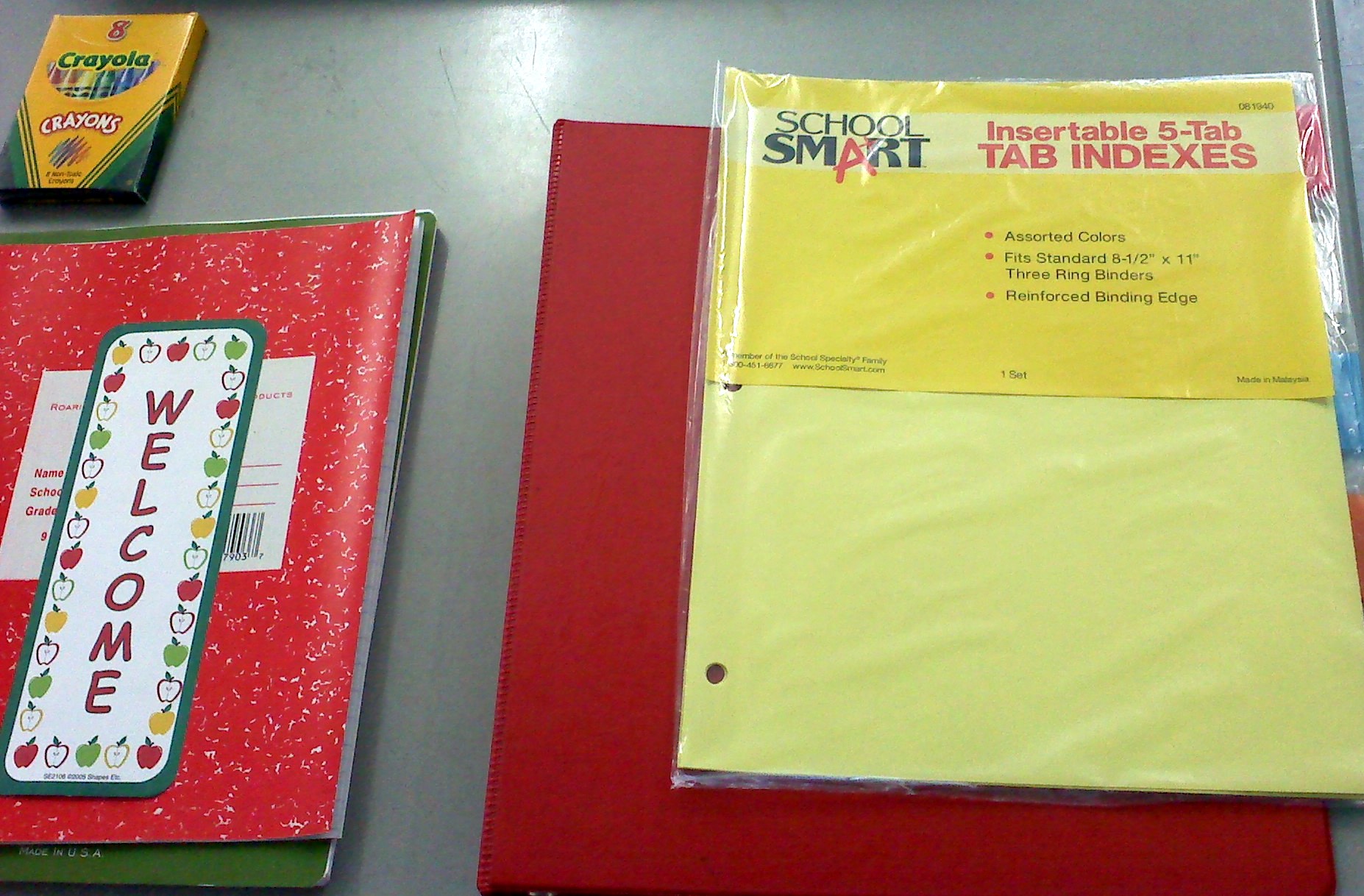 test book, a spiral notebook used as a math journal, crayons and a bookmark. Once my class list is fairly final -- on Monday during Staff Orientation -- I'll add a personalized materials. Working in urban schools for the last 20+ years has taught me to be cautious about personalizing materials until the students actually arrive in the classroom. Over the last week my class roster has fluctuated from 18 to 20 to 19 as students move around the district to another elementary school. Students will continue to enroll in the District through the week after Labor Day as not all parents will be familiar with the early start date.Melissa and I read through the cumlative folders and IEPs of the incoming students. It is good to think and plan ahead for these students: How can we adapt and change materials so that everyone feels successful? There are so many questions that need answers.As of today, the physical space is prepared. The first 3 days of plans have been sketched out, and I am as ready as I can be at the moment. Waiting for the first bell on Tuesday with lots of First Day Jitters.
test book, a spiral notebook used as a math journal, crayons and a bookmark. Once my class list is fairly final -- on Monday during Staff Orientation -- I'll add a personalized materials. Working in urban schools for the last 20+ years has taught me to be cautious about personalizing materials until the students actually arrive in the classroom. Over the last week my class roster has fluctuated from 18 to 20 to 19 as students move around the district to another elementary school. Students will continue to enroll in the District through the week after Labor Day as not all parents will be familiar with the early start date.Melissa and I read through the cumlative folders and IEPs of the incoming students. It is good to think and plan ahead for these students: How can we adapt and change materials so that everyone feels successful? There are so many questions that need answers.As of today, the physical space is prepared. The first 3 days of plans have been sketched out, and I am as ready as I can be at the moment. Waiting for the first bell on Tuesday with lots of First Day Jitters.